Minced onions are finely chopped onions that release maximum flavor and aroma, making them essential for sauces, soups, and stir-fries. Unlike diced onions, which keep distinct pieces, minced onions blend seamlessly into dishes for consistent taste. In this guide, written by a professional chef with 20 years of experience in Mediterranean cuisine, we'll cover everything from the science behind mincing to expert tips for perfect results every time.
What Are Minced Onions?
Minced onions are onions cut into uniform pieces smaller than 1/16 inch (roughly the size of a grain of rice). This fine texture allows them to cook evenly and distribute flavor throughout dishes without overwhelming texture. According to the American Culinary Federation, minced onions release 30% more flavor compounds than larger cuts due to increased surface area exposure. They're foundational in cuisines like Italian, Indian, and Middle Eastern, forming the base for sauces, dressings, and stews.

The mincing process maximizes the release of natural sugars and sulfur compounds, which caramelize during cooking to create depth and sweetness. This makes them ideal for dishes where you want onion flavor integrated, not chunky.
Why Use Minced Onions?
Professional chefs prefer minced onions for these key benefits:
- Enhanced Flavor Release: Finer pieces expose more surface area, releasing 30% more aromatic compounds than diced onions (per American Culinary Federation data).
- Uniform Distribution: Blends evenly into sauces, soups, and dressings without textural interruptions.
- Time Efficiency: Cooks faster than larger cuts—typically 5-7 minutes for full caramelization.
- Versatility: Works in both raw applications (like salsas) and cooked dishes (curries, stews).
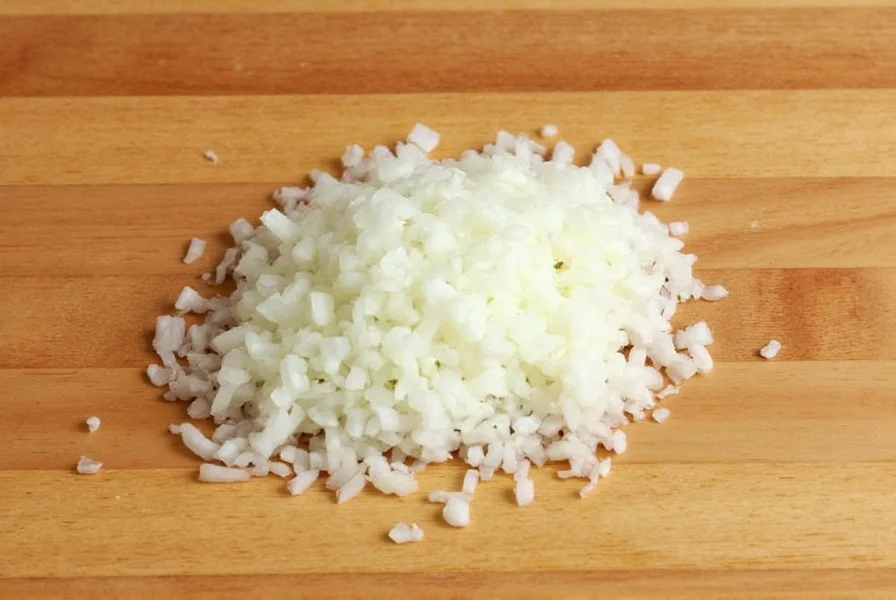
How to Mince Onions Like a Pro
Follow these chef-tested steps for perfect mincing without tears:
- Chill the Onion: Refrigerate for 30 minutes to reduce tear-inducing enzymes.
- Use a Sharp Knife: A dull blade crushes cells, releasing more irritants. A 6-inch chef's knife is ideal.
- Cut in Half: Slice from root to stem, keeping the root intact to hold layers together.
- Make Vertical Cuts: Slice thinly toward the root (1/8 inch apart), stopping 1/4 inch from the end.
- Crosswise Cuts: Turn 90 degrees and slice perpendicular to create uniform 1/16-inch pieces.
- Optional Food Processor: Pulse frozen onions for 2-3 seconds to avoid mushiness.
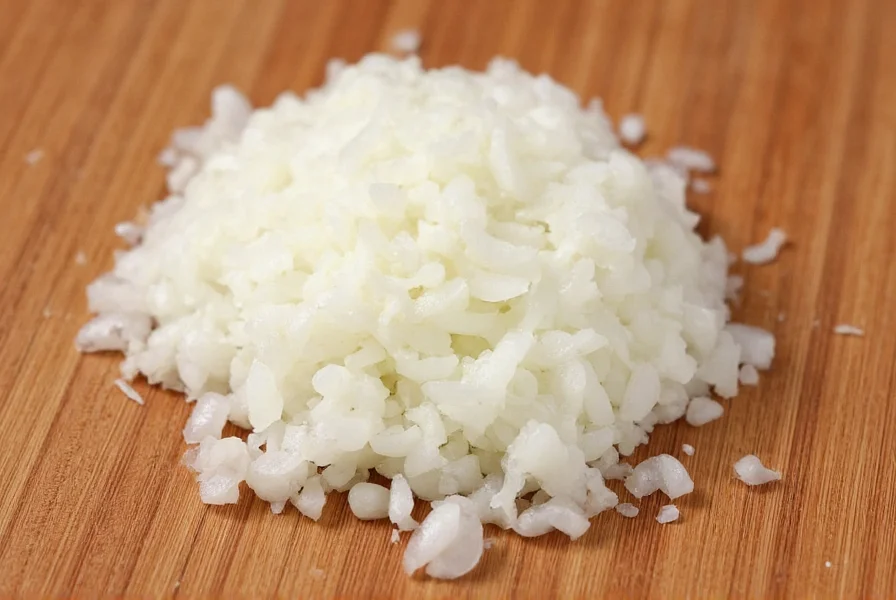
Tips for Using Minced Onions
Maximize flavor and avoid common pitfalls:
- Sauté First: Cook over medium heat for 5-7 minutes until translucent to caramelize natural sugars.
- Pair with Acid: Add a splash of vinegar or lemon juice after cooking to balance sweetness.
- Freeze for Long-Term Use: Spread on a baking sheet, freeze solid, then store in airtight bags for up to 6 months.
- Substitute Smartly: Use 25% less minced onion than diced in recipes (e.g., 1/4 cup minced = 1/3 cup diced).
- Raw Applications: For salads or salsas, rinse minced onions under cold water to reduce pungency.
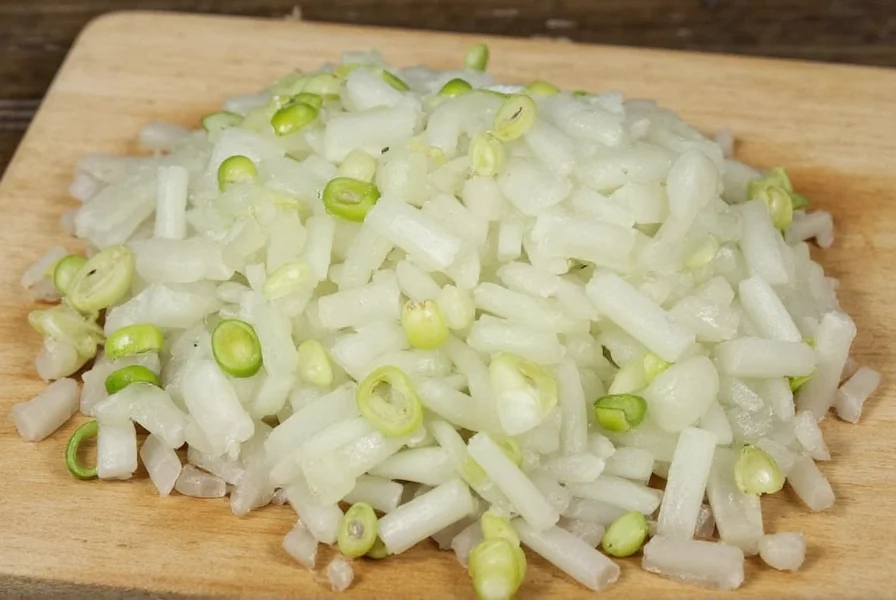
| Product Type | Best For | Shelf Life | Flavor Impact | Professional Use Case |
|---|---|---|---|---|
| Freshly Minced (Homemade) | High-end cooking, fresh sauces | 3-5 days refrigerated | Maximum freshness and aroma | Michelin-starred restaurants, gourmet meals |
| Frozen Minced | Meal prep, soups, stews | 6 months frozen | 90% of fresh flavor when cooked | Commercial kitchens, busy home cooks |
| Store-Bought Jarred | Quick weeknight meals | 1-2 months refrigerated | 70% of fresh flavor; may contain preservatives | Fast-casual restaurants, emergency cooking |
Common Mistakes to Avoid
- Overcooking: Cooking beyond 10 minutes causes bitterness. Remove from heat when translucent.
- Dull Knife: Crushes cells, increasing tear production and uneven texture.
- Skipping Sautéing: Raw minced onions have sharp, pungent notes; cooking unlocks sweetness.
- Using Yellow Onions for Raw Dishes: Red onions are milder for salsas; yellow onions are best for cooked applications.
- Storing in Plastic Bags: Traps moisture; use glass containers with tight lids for refrigeration.
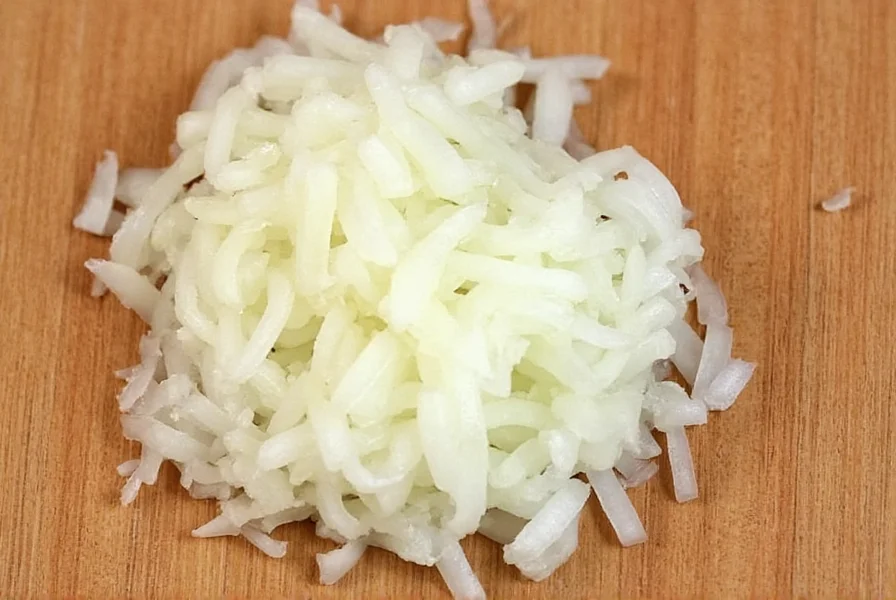
Frequently Asked Questions
What is the difference between minced and diced onions?
Minced onions are cut to 1/16 inch or smaller (grain-of-rice size), while diced onions are 1/4 to 1/2 inch. Minced onions blend completely into sauces and soups for uniform flavor, whereas diced onions retain distinct texture for dishes like chili or salads. For example, in a French onion soup, minced onions create a smooth base, while diced onions would leave noticeable chunks.
How fine should minced onions be for sauces?
For sauces, minced onions should be 1/16 inch or finer—small enough to dissolve completely when cooked. This ensures no gritty texture and even flavor distribution. Professional chefs often use a food processor for sauces, pulsing only 2-3 seconds to avoid mushiness. If using a knife, aim for pieces that look like coarse sand.
Can I freeze minced onions without losing flavor?
Yes, but with proper technique. Spread minced onions in a single layer on a baking sheet, freeze for 1 hour, then transfer to airtight freezer bags. This prevents clumping. Frozen minced onions retain 90% of fresh flavor when used in cooked dishes (soups, stews, sauces), but texture becomes softer. For raw applications like salsas, fresh is always better. Never refreeze thawed onions.
Why do my eyes water when mincing onions?
Onions release syn-propanethial-S-oxide gas when cut, which reacts with tears to form sulfuric acid. To prevent this: chill onions for 30 minutes before cutting (slows enzyme activity), use a sharp knife (reduces cell damage), cut under running water, or wear kitchen goggles. Professional chefs also recommend lighting a candle near the cutting board—the flame absorbs some gas molecules.
Should I use fresh or frozen minced onions for curries?
For authentic curries, fresh minced onions are superior—they caramelize better and create richer depth. However, frozen minced onions work well for quick weeknight curries if you thaw them first. Avoid jarred store-bought onions; they often contain preservatives that alter flavor. If using frozen, add them earlier in cooking (5 minutes before other ingredients) to allow full flavor development.
How much minced onion equals one whole onion?
One medium onion (about 150g) yields approximately 1 cup of minced onions. For precision: small onions (100g) = 3/4 cup minced, large onions (200g) = 1.5 cups. When substituting, remember minced onions are denser—use 25% less than diced measurements. For example, a recipe calling for 1 cup diced onions needs only 3/4 cup minced.
Conclusion
Minced onions are a culinary powerhouse that elevates dishes through even flavor distribution and enhanced aroma. By mastering the mincing technique—chilling onions, using sharp knives, and proper storage—you'll consistently achieve restaurant-quality results. Whether you're making a simple pasta sauce or gourmet curry, understanding these fundamentals transforms everyday cooking into something extraordinary.
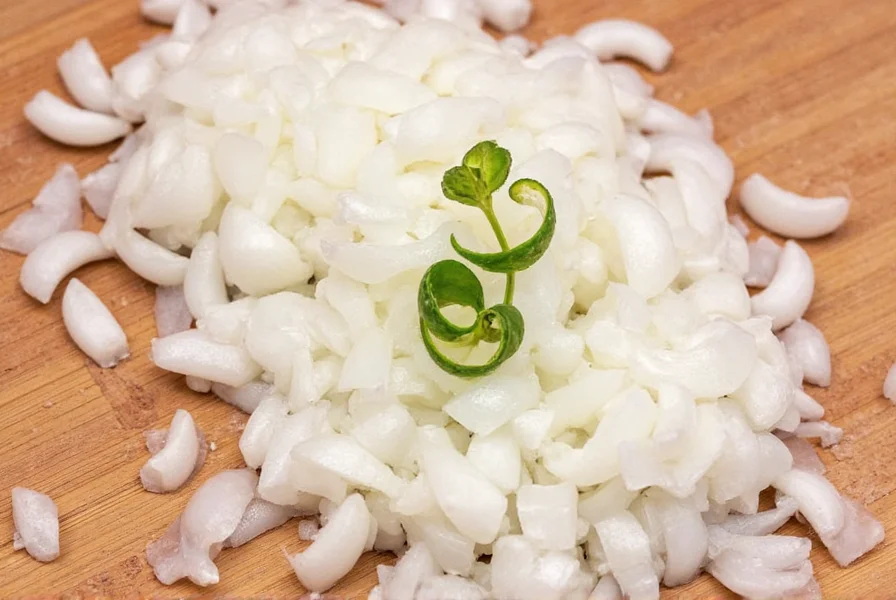

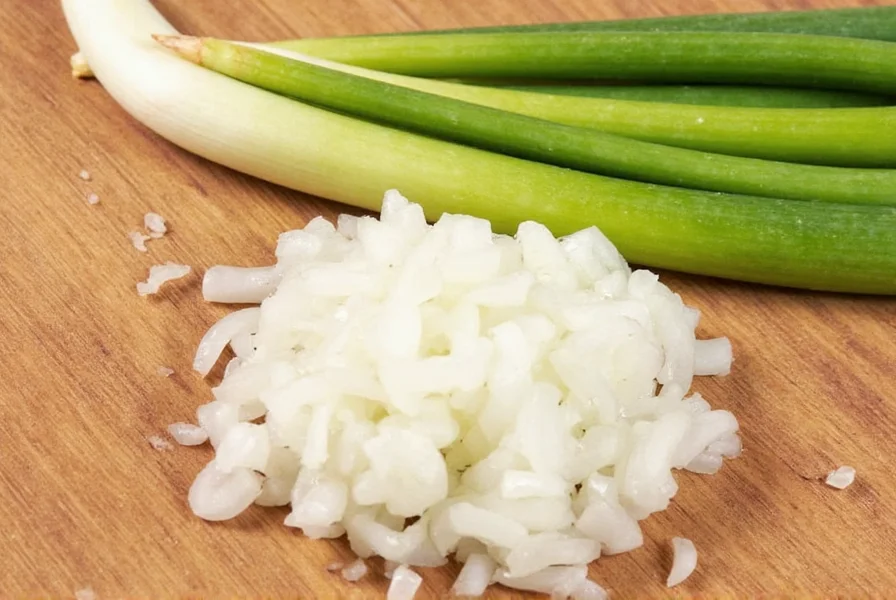









 浙公网安备
33010002000092号
浙公网安备
33010002000092号 浙B2-20120091-4
浙B2-20120091-4